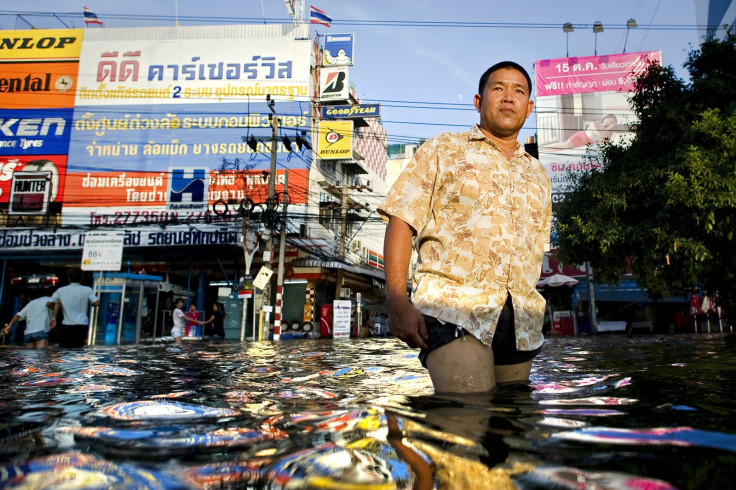South-east Asia smashes temperature records for its hottest month
And 2017 wasn't supposed to be as hot as 2016.

April is the hottest month in the South-east Asian year, and this year it has broken all records.
Temperatures were an average of 2 to 3C hotter across South-east Asia in April 2017. Some regions were as much as 6C hotter than usual. This contributed to failed harvests, soaring energy consumption and illness as populations struggled to keep cool.
Climate change combined with the El Niño effect was to blame, according to a study in the journal Nature Communications. The analysis found that about half of the extreme temperatures could be attributed to El Niño activity, and just under a third to the effects of climate change.
"It is unmistakable that the Earth is warming globally due to the effect of increasing greenhouse gases," the authors, led by Kaustubh Thirumalai of the University of Texas at Austin, wrote in the study.
Average April temperatures in mainland South-east Asia have warmed 1C since the mid-20th century. Globally, the past few years have been among the hottest years since records began. However, despite South-east Asia's peak temperatures in April, 2017 was not predicted to be as hot as 2016.
Extremes as normal
One feature of climate change is that outlier weather events will become even more extreme, and extreme events will become more common. Understanding how regional temperature extremes are set to change is critical to adapting to climate change, the authors write.
As part of the extreme temperatures is accounted for by El Niño activity, the findings could help predictions of when heatwaves will happen.
"These post- Niño Aprils can potentially be anticipated a few months in advance, and thus, help societies prepare for the projected continued increases in extremes," the authors write.

However, climate change is likely to add up with El Niño activity to continue to make these events more extreme.
"It is very likely that continued warming in the region will continue to conspire with El Niño in order to bring more common record-breaking extremes in the future," the authors write.
"Even though the record-breaking April 2016 extreme in MSA was primed by the El Niño of 2015, compared to previous post- Niño extremes, the influence of long-term warming is incontrovertible.
"Furthermore, the influence of long-term warming on future El Niño impacts will only rise in importance. These extreme events could be quantitatively predicted some months in advance, and can thereby increase the preparedness of societies that will be impacted."
© Copyright IBTimes 2025. All rights reserved.






















